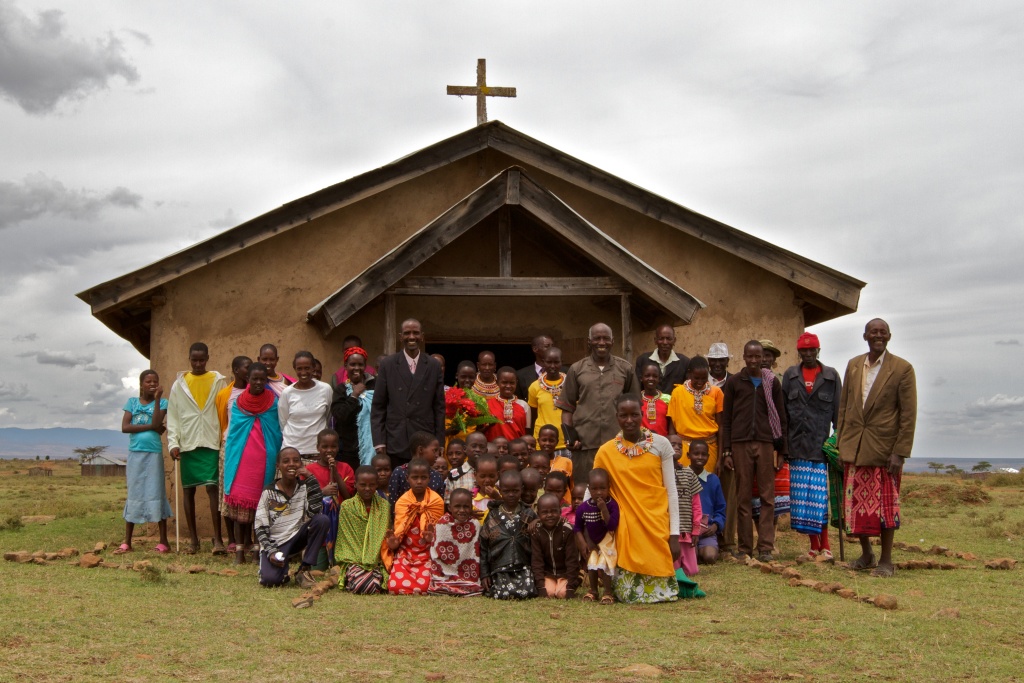What do St. Patrick and AIM have in common?
There is actually a lot more to St. Patrick than a lot of our modern day St. Patrick’s day celebrations let on.

When St. Patrick returned to Ireland, he went to spread the gospel and plant churches.
Many people assume he was Irish, but did you know he was actually born in Britain in the late fourth century? He was abducted by Irish raiders and held captive there for 6 years. During his imprisonment, his childhood knowledge of the Christian faith (gained from his father who was a deacon and his grandfather who was a priest) became a true and personal faith. At that time, Ireland lay outside the boundary of the Roman Empire, and its inhabitants were thought to be barbaric and illiterate. They had no church, no missionary movement – they were considered unreached with the gospel.
Hearing the call to mission
After his escape, Patrick spent a period of time at home in Britain, where he saw a vision of the Irish people calling out to him. This lead to his return to Ireland as a missionary, leaving his family again much to his parents’ dismay. His time as a slave there had not only given him a profound understanding of God, but had also given him the chance to learn Irish language and culture. He realised that the Irish were not, as was generally believed by the Romans, outside the reach of the gospel, and had spent a long time planning how the good news could be spread among them.
Counting the cost
Patrick wanted to see an indigenous church in Ireland that would spread the good news to their own people.
Despite a fruitful missionary career, he experienced difficulties living as a foreigner in Ireland with no legal protection. He was beaten, robbed, put in chains and at times faced the possibility of execution. His mission strategy was controversial among his contemporaries, but actually is very similar to that of AIM today. Instead of imposing his Roman culture on them and requiring them to adopt Roman ways, he wanted the Irish to understand the gospel within their own culture. He wanted to see an indigenous church in Ireland that would spread the good news to their own people.
The reason that the the shamrock (a plant very common in Ireland) is linked to St. Patrick is that he reportedly used it in his preaching to visually explain the Christian teaching of the Trinity – that there are three persons in one God.
So, the origins of St. Patrick’s day arise from a man who had a strong desire and calling to take the good news to a people group who were unreached with the gospel, and who fulfilled that desire despite the personal cost to himself. There is a lot we can learn from and be inspired by in his life and example.
“This is my gospel, for which I am suffering even to the point of being chained like a criminal. But God’s word is not chained. Therefore I endure everything for the sake of the elect, that they too may obtain the salvation that is in Christ Jesus, with eternal glory.” (2 Timothy 2:8-10)
Rath Dé ort! (The grace of God be with you)


